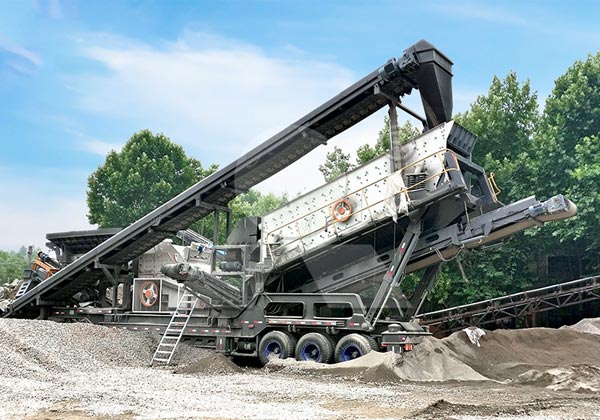The integration of mobile crushers with conveyor systems represents a transformative approach in mining, quarrying, and aggregate production. This combination is designed to streamline material handling, improve productivity, and reduce operational costs. Understanding the efficiency of this setup involves analyzing factors such as mobility, crushing performance, energy consumption, and logistics optimization.
1. Mobility and Flexibility
Mobile crushers provide a significant advantage in flexibility. Unlike stationary crushers, they can be relocated easily to different parts of a mining or construction site. When combined with conveyors, this mobility allows for a continuous flow of material from extraction points to processing areas. Efficiency improves because the system can adapt to changing site conditions without the need for extensive infrastructure modifications.

2. Continuous Material Flow
Conveyor belts, when paired with mobile crushers, facilitate a continuous material flow, eliminating bottlenecks that often occur with truck haulage or batch crushing. Continuous feed reduces downtime, enhances production rates, and minimizes energy wastage associated with frequent start-stop operations. This integration ensures that crushed material is transported immediately to the next stage of processing or storage, optimizing overall system throughput.
3. Energy Efficiency
Energy efficiency is a critical factor in evaluating the performance of mobile crusher and conveyor combinations. Mobile crushers consume less energy per ton of material compared to stationary units when appropriately matched with conveyor systems. Conveyors reduce the need for trucks or loaders, lowering fuel consumption and greenhouse gas emissions. Proper calibration of crusher speed, conveyor belt speed, and material feed rate ensures minimal energy loss and maximum operational efficiency.
4. Reduced Operational Costs
Combining mobile crushers with conveyors reduces reliance on intermediate handling equipment, such as dump trucks and loaders. This not only cuts labor and fuel costs but also reduces maintenance expenses. Furthermore, the integration minimizes material spillage and dust generation, lowering environmental remediation costs and improving workplace safety.
5. Maintenance and Reliability
While the combination enhances efficiency, it also requires careful attention to maintenance. Conveyor systems must be regularly inspected for belt alignment, wear, and tension, while mobile crushers need routine checks for wear parts and hydraulic systems. Efficient operation depends on synchronizing crusher throughput with conveyor capacity to avoid overloading or underutilization, which can lead to downtime and increased operational costs.
6. Practical Applications and Case Studies
In real-world scenarios, mobile crusher-conveyor combinations have shown high efficiency in quarrying operations for granite, limestone, and basalt. For example, a mobile crusher feeding a continuous conveyor line can increase aggregate production by 20–30% compared to conventional truck-and-crusher operations. Additionally, the modular setup allows operators to scale production easily by adding or removing conveyors according to project requirements.
Conclusion
The combination of mobile crushers and conveyors represents a significant efficiency improvement in material handling operations. By enabling continuous material flow, reducing energy consumption, and lowering operational costs, this integrated system provides both economic and environmental benefits. Optimal performance relies on proper synchronization of crusher and conveyor capacities, regular maintenance, and strategic deployment on the worksite. As mining and construction operations continue to demand higher productivity and lower costs, mobile crusher-conveyor systems are likely to play an increasingly pivotal role in industry practices.
